Power is important in any sport or any physical activity in day to day life. The ability to exert the highest force in shortest period of time. An example in team or individual sport, horizontal (across) vertical (up) power is needed to create enough inertia to overcome a force (Rugby player powering out of a tackle/aiming to break the gain line).
UPPER BODY WORKOUT
A1) Med Ball Chest Throw Vertical (supine) 6x3
A2) DB Chest Press 6x3
B1) Med Ball Slam Reactive with partner 6x3
B2) Chin Ups Weighted if possible 6x3
B3) Med Ball Wall Horizontal Throw 6x3
C1) Pendlay Row 6x3
C2) Incline Bench Prone Row 6x3
*75-85% of repetition maximum 2-3-minute rest per set.
LOWER BODY WORKOUT POWER
A1) MB Keg Toss 6x3
A2) Broad Jumps 6x3
B1) Trap Bar Deadlifts 6x3
B2) Banded Broad Jumps Horizontal 6x3
C1) Seated Box Jumps DBs 6x3
C2) Plate Above Head Step Ups Power 6x3
D1) Safety Bar/DBs Split Squat Jumps 6x3
80-90% repetition maximum. 2-3-minute rest between each set.
*Ensure Correct Warm-Up is performed to ensure injuries are prevented.
The power phase should be trained post strength. Strength or the ability to exert a force begins the foundation for all dynamic movements (sprinting, jumping and throwing). If no force is produced, there will be no power generated. Directing the training stimulus to a gym/fitness environment, power movements which generate the greater output i.e. cleans, snatch etc will benefit from power training. However, an athlete/weightlifter/cross fitter will need to periodise training to ensure the correct level of strength and power is balanced in order to lift heavier and faster.
Alasdair Hamilton
MSc Sport and Exercise Physiology, BSc Sport and Exercise Science: Instagram: @alasdairhamilton


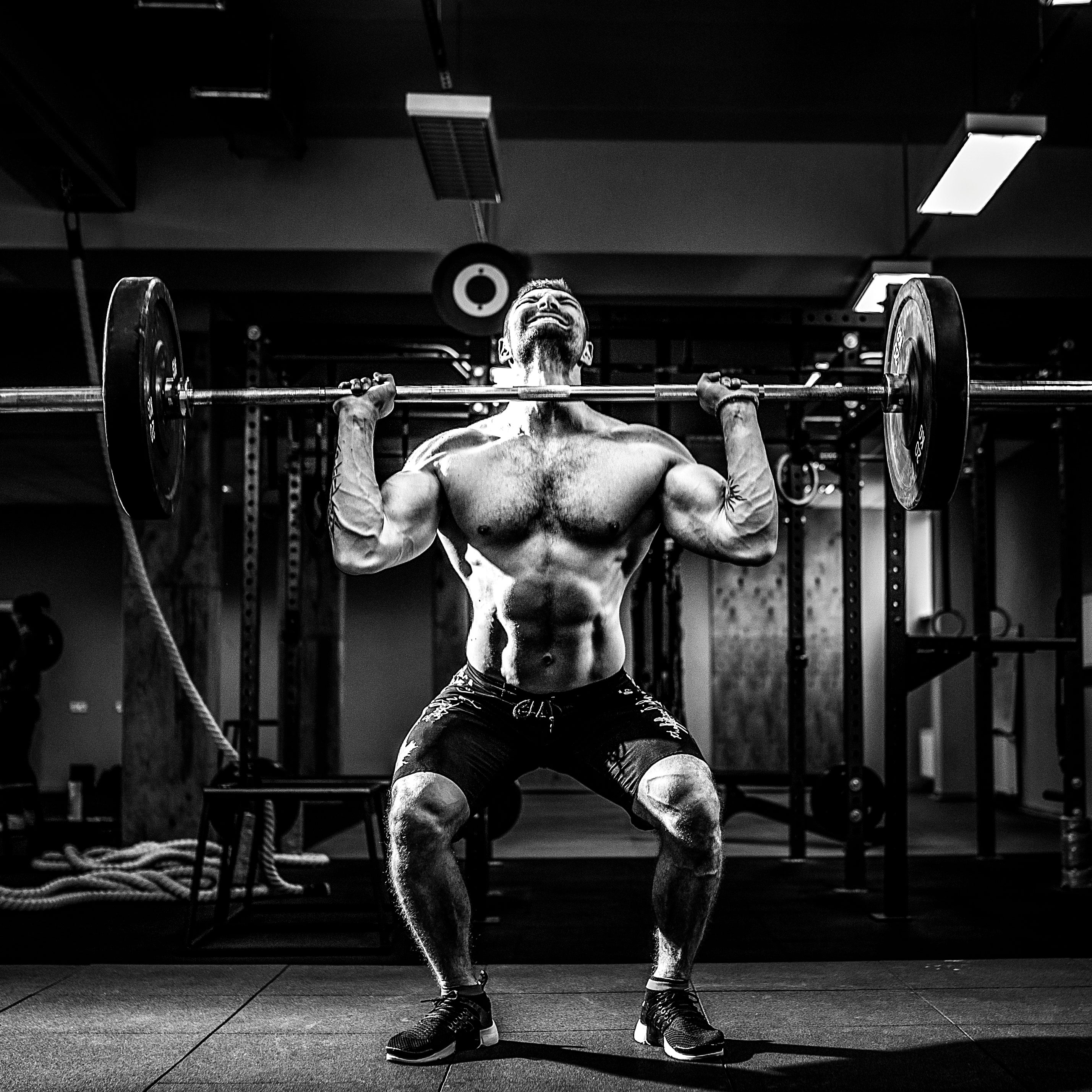


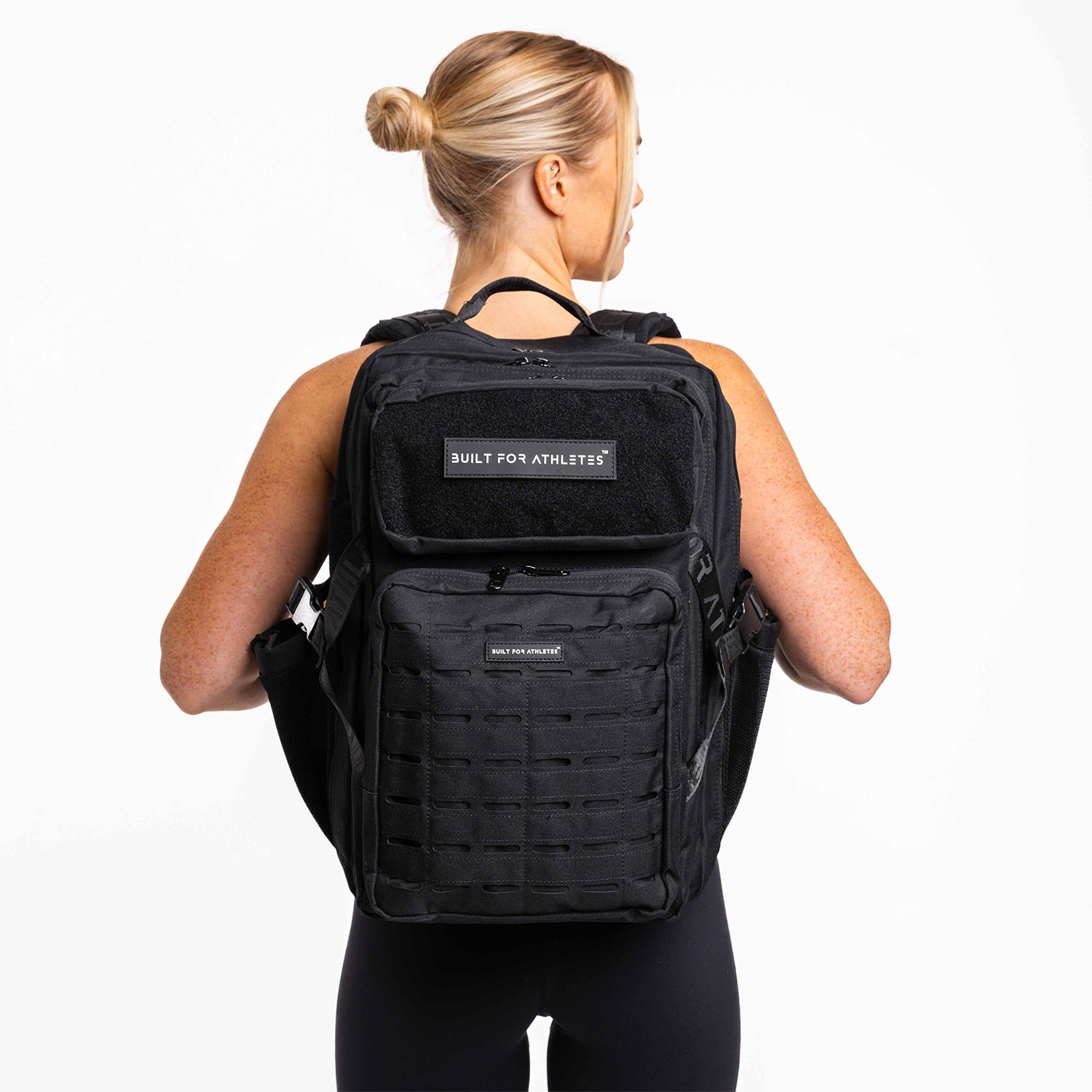






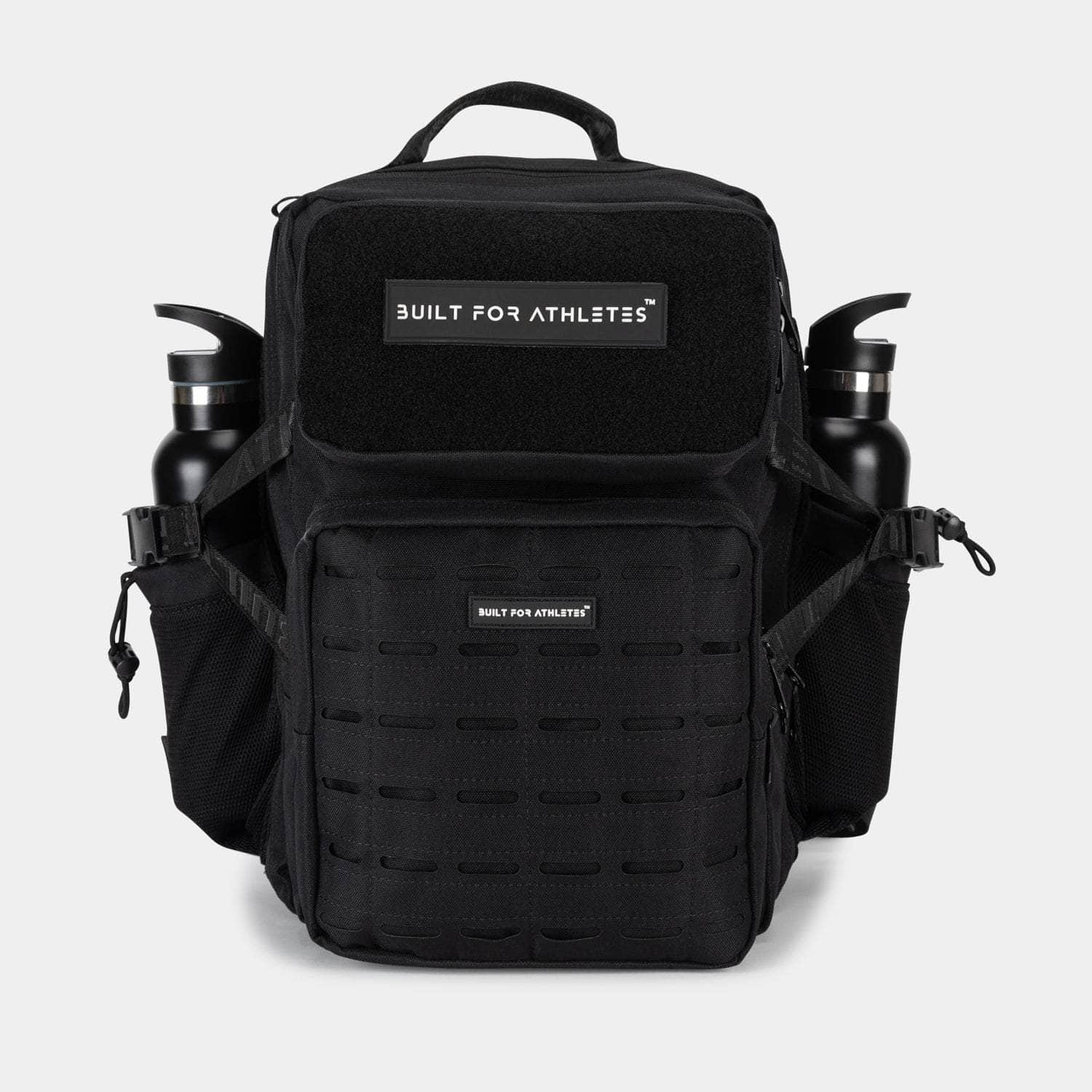
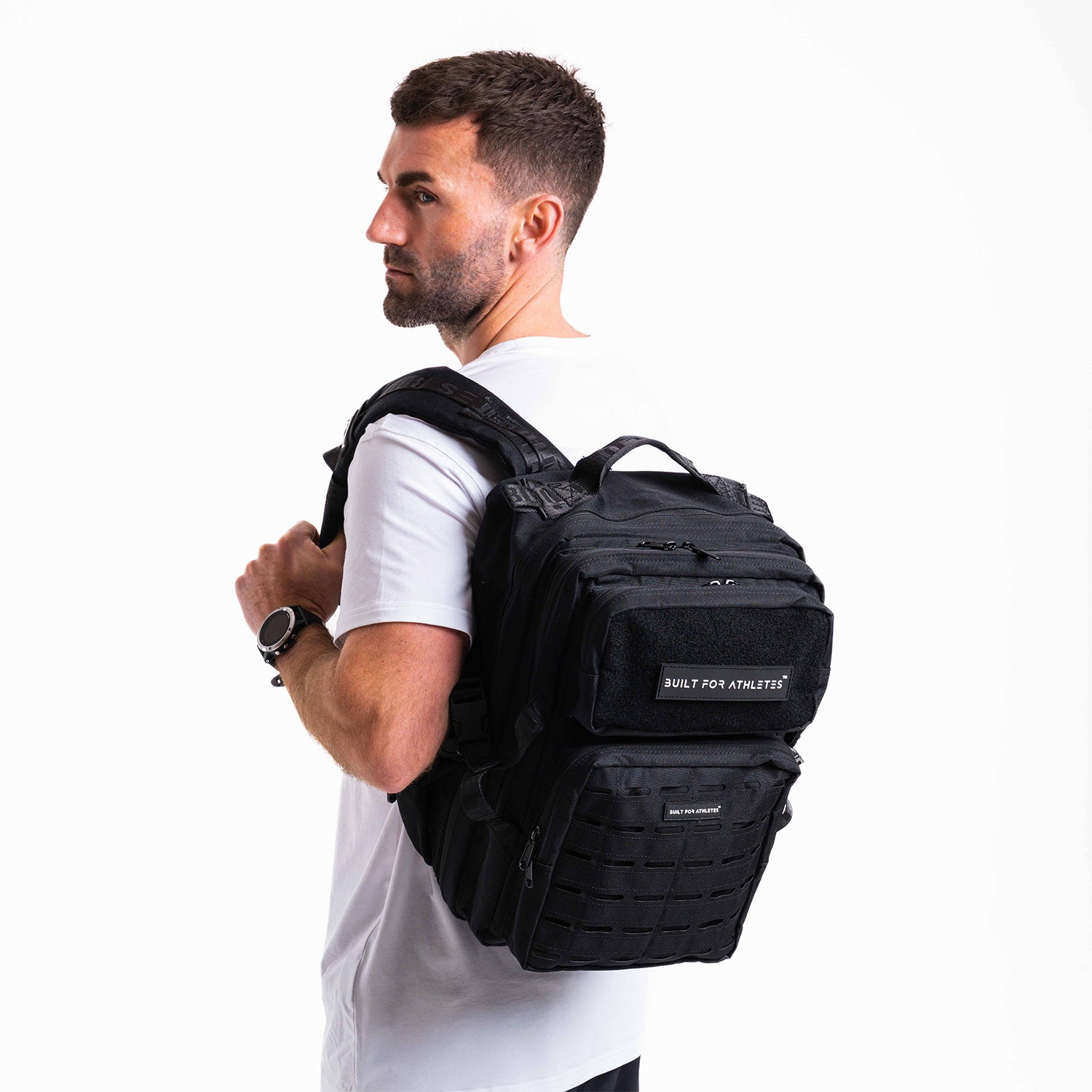

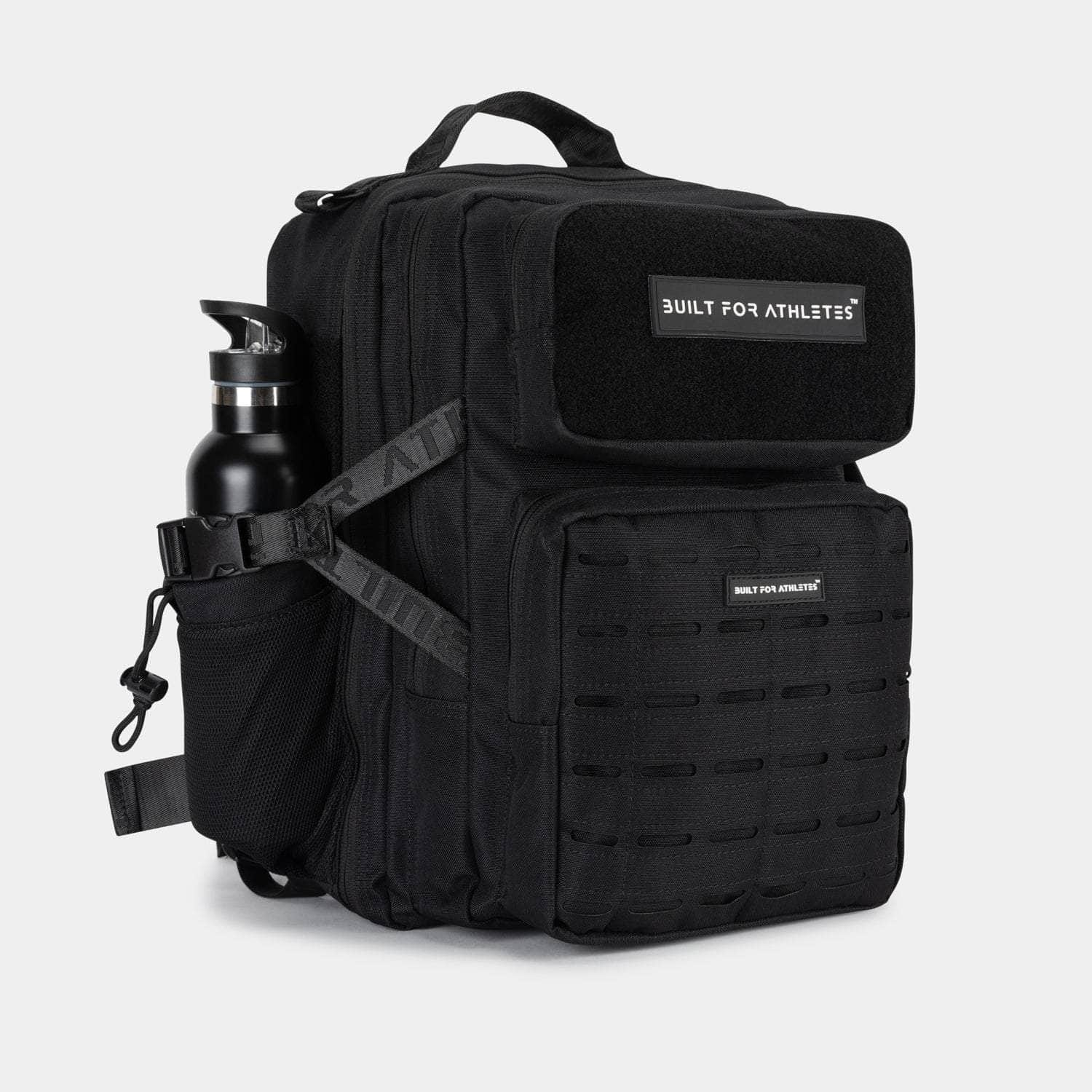



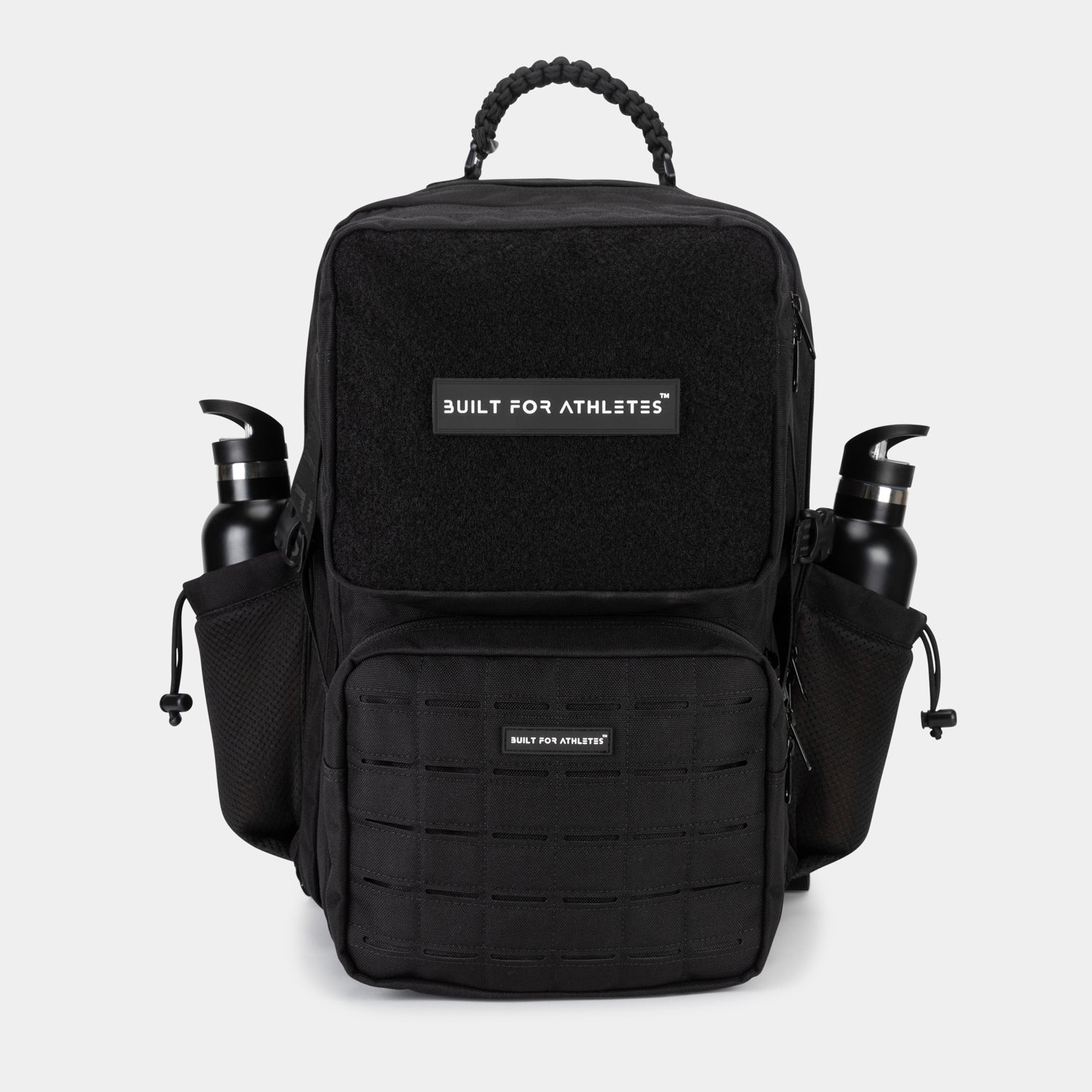
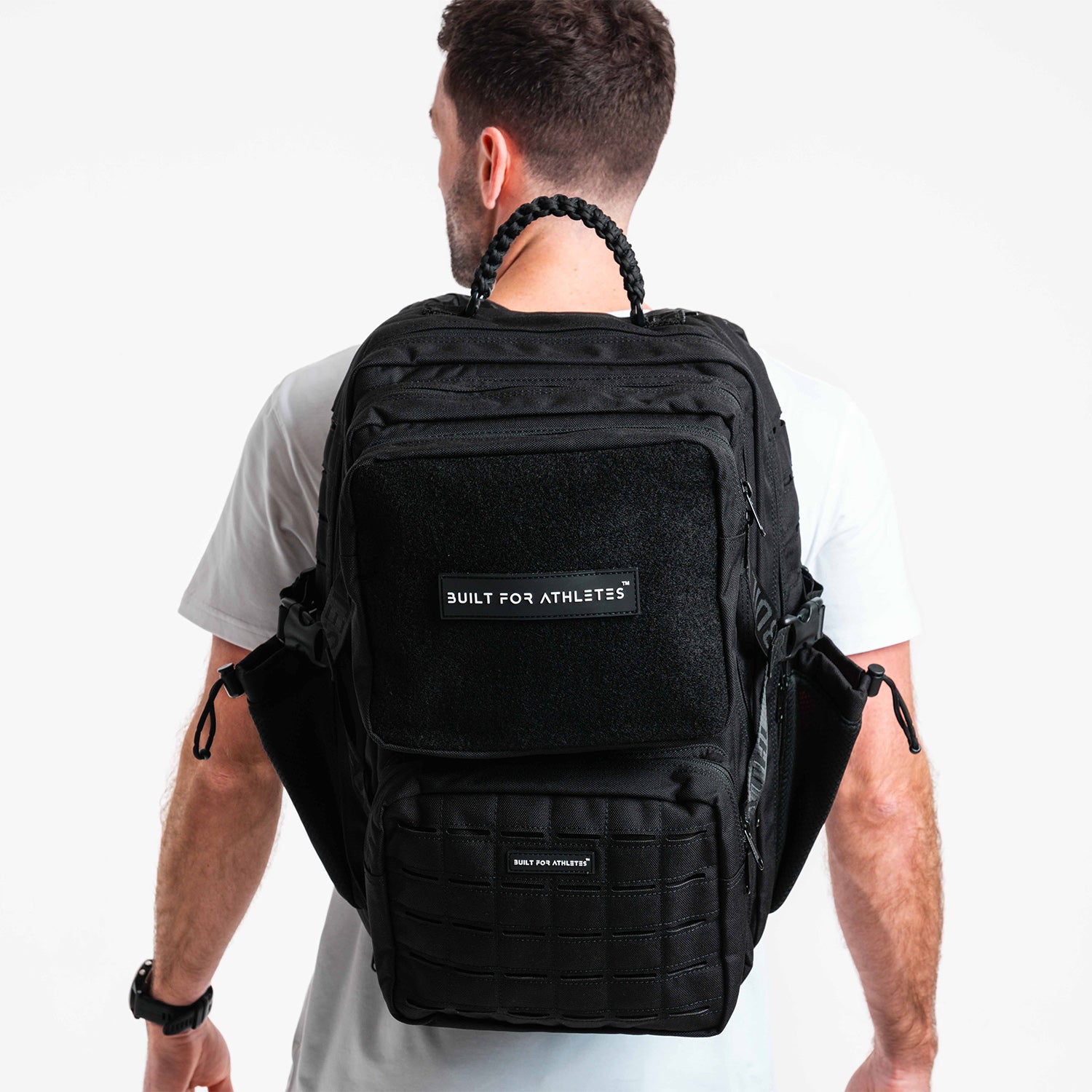

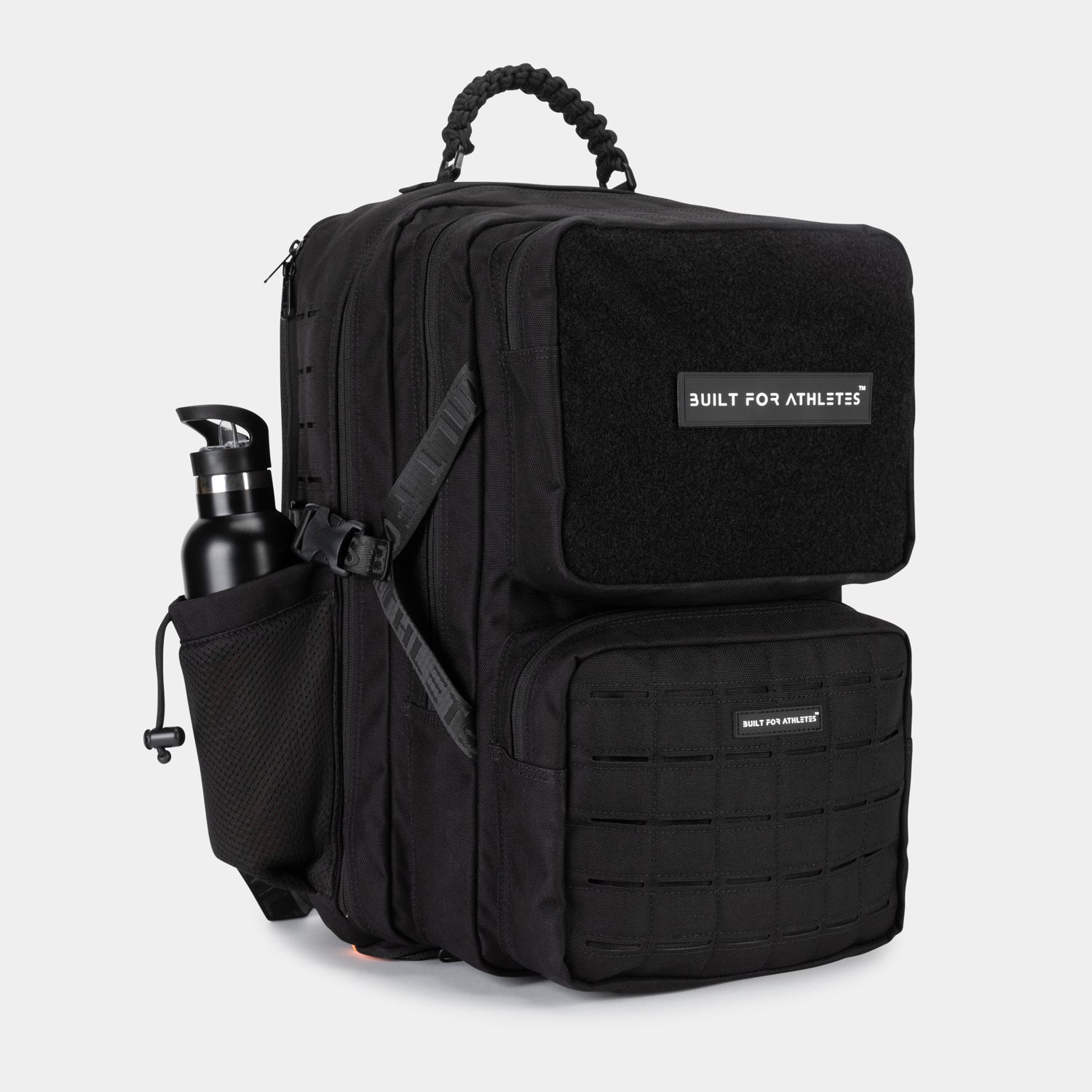







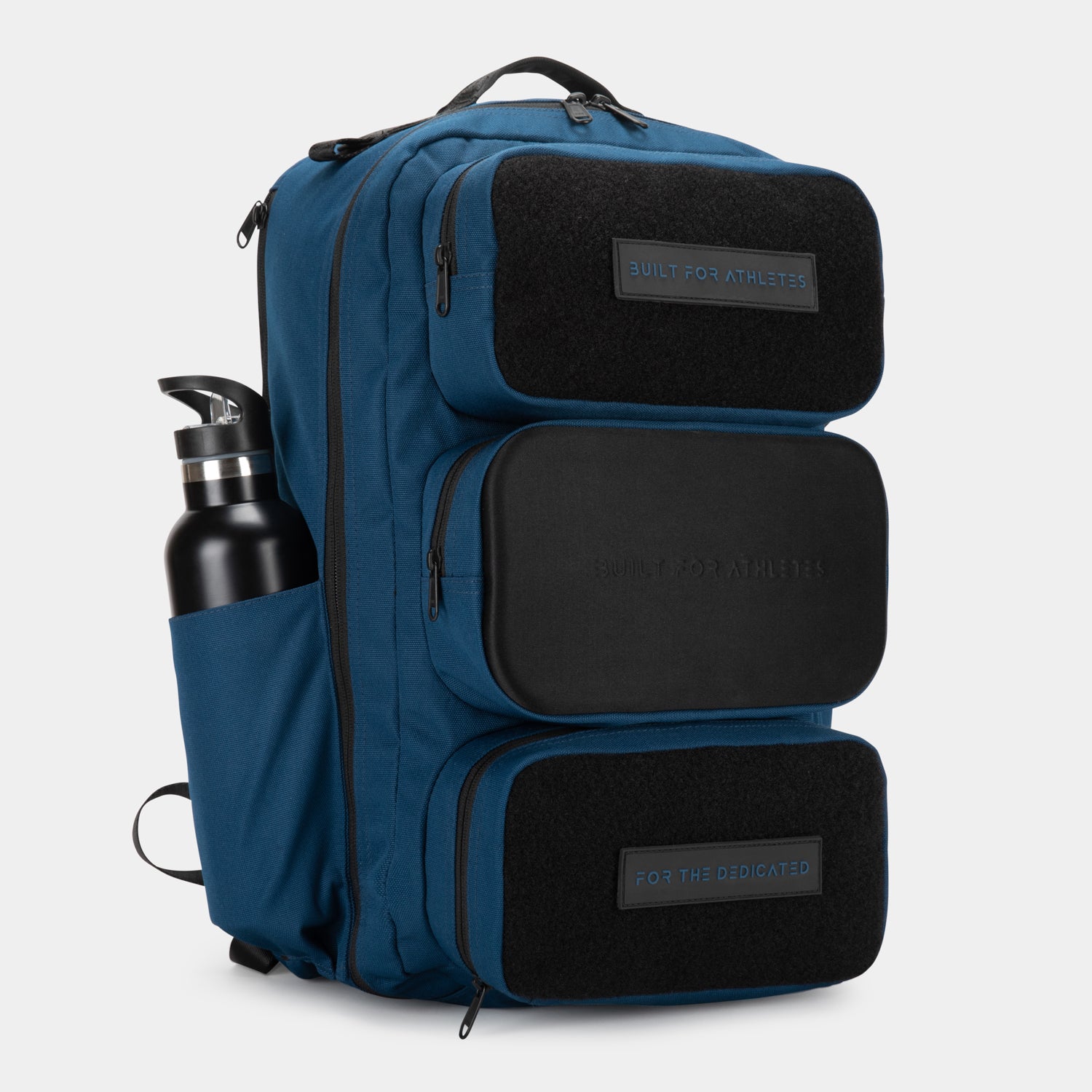
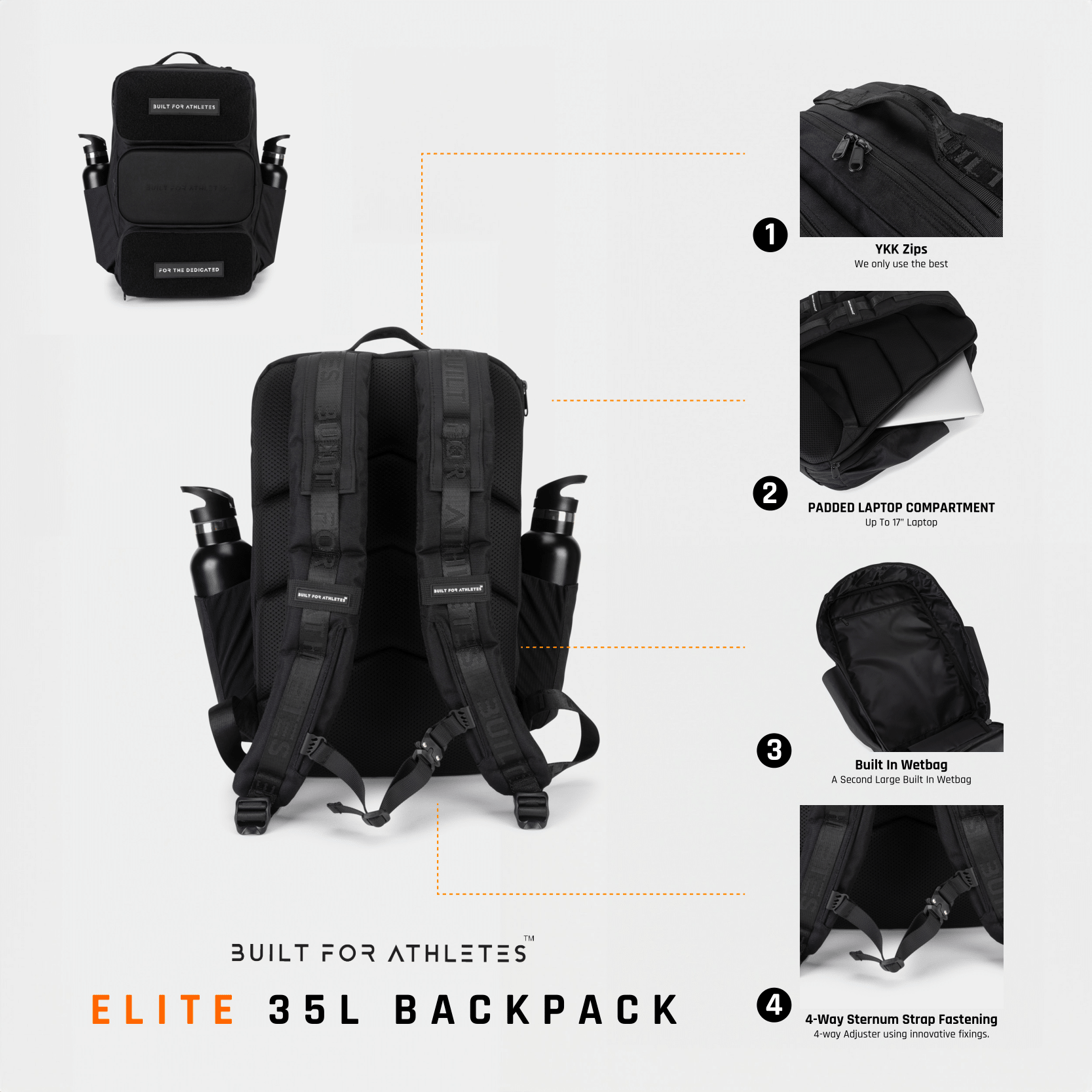








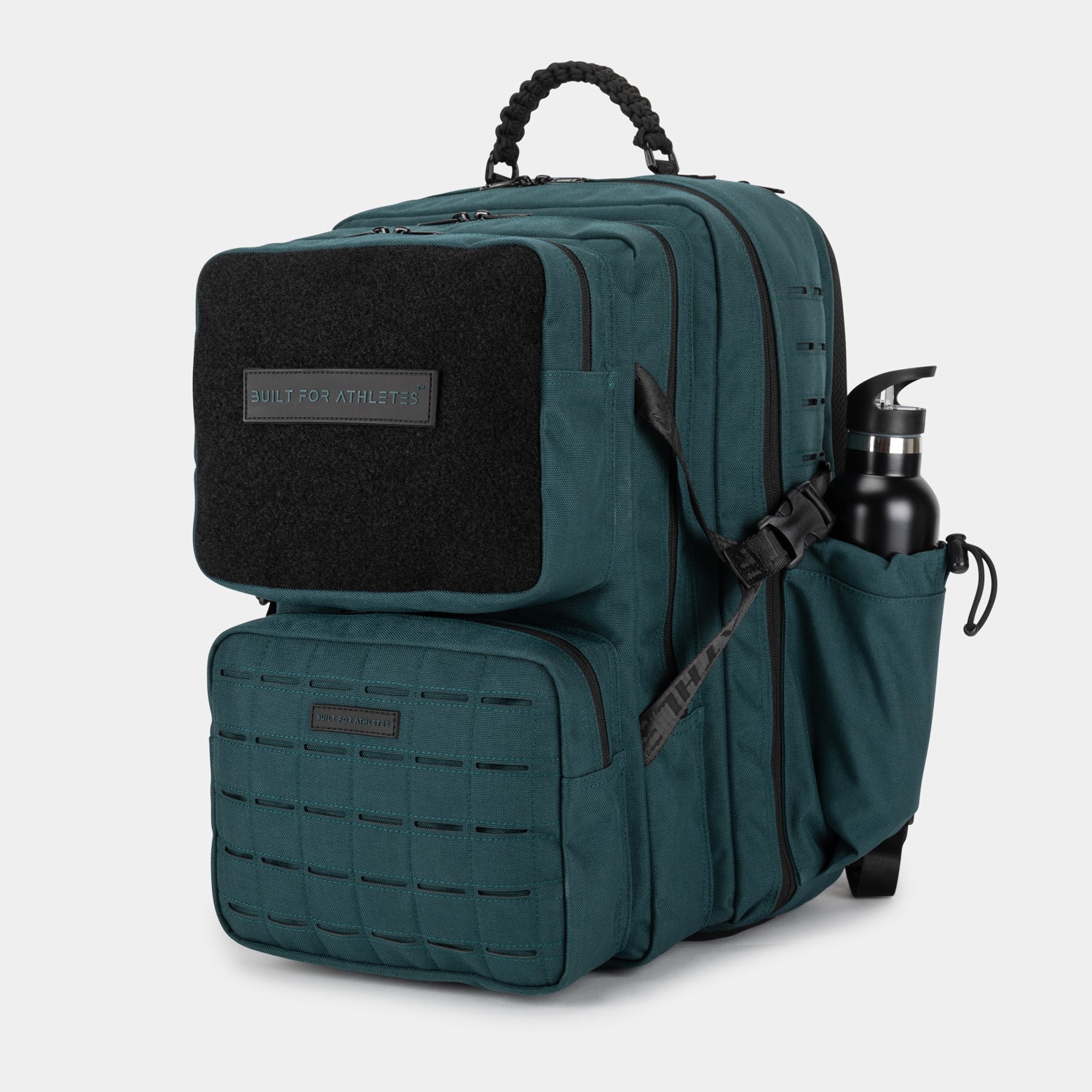
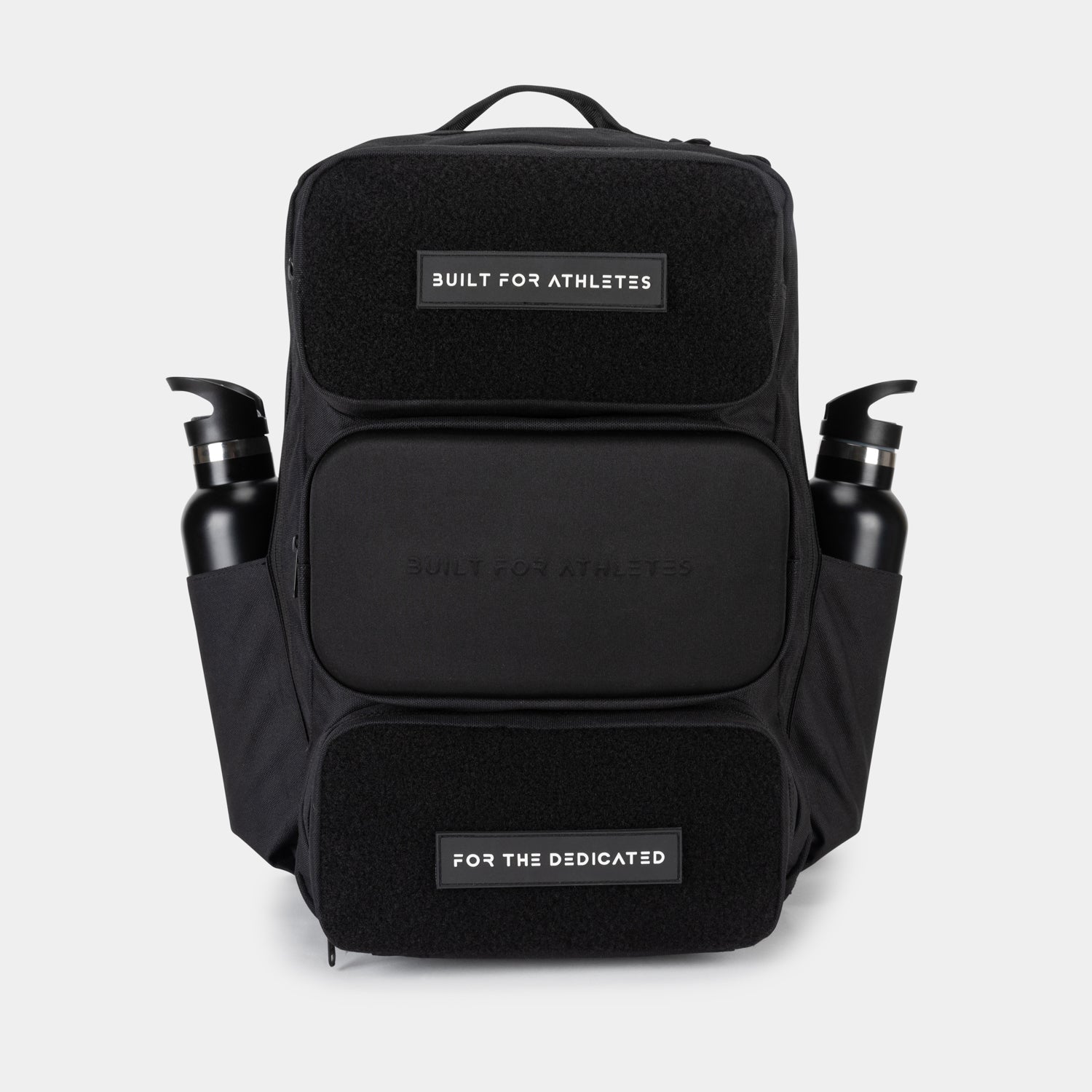

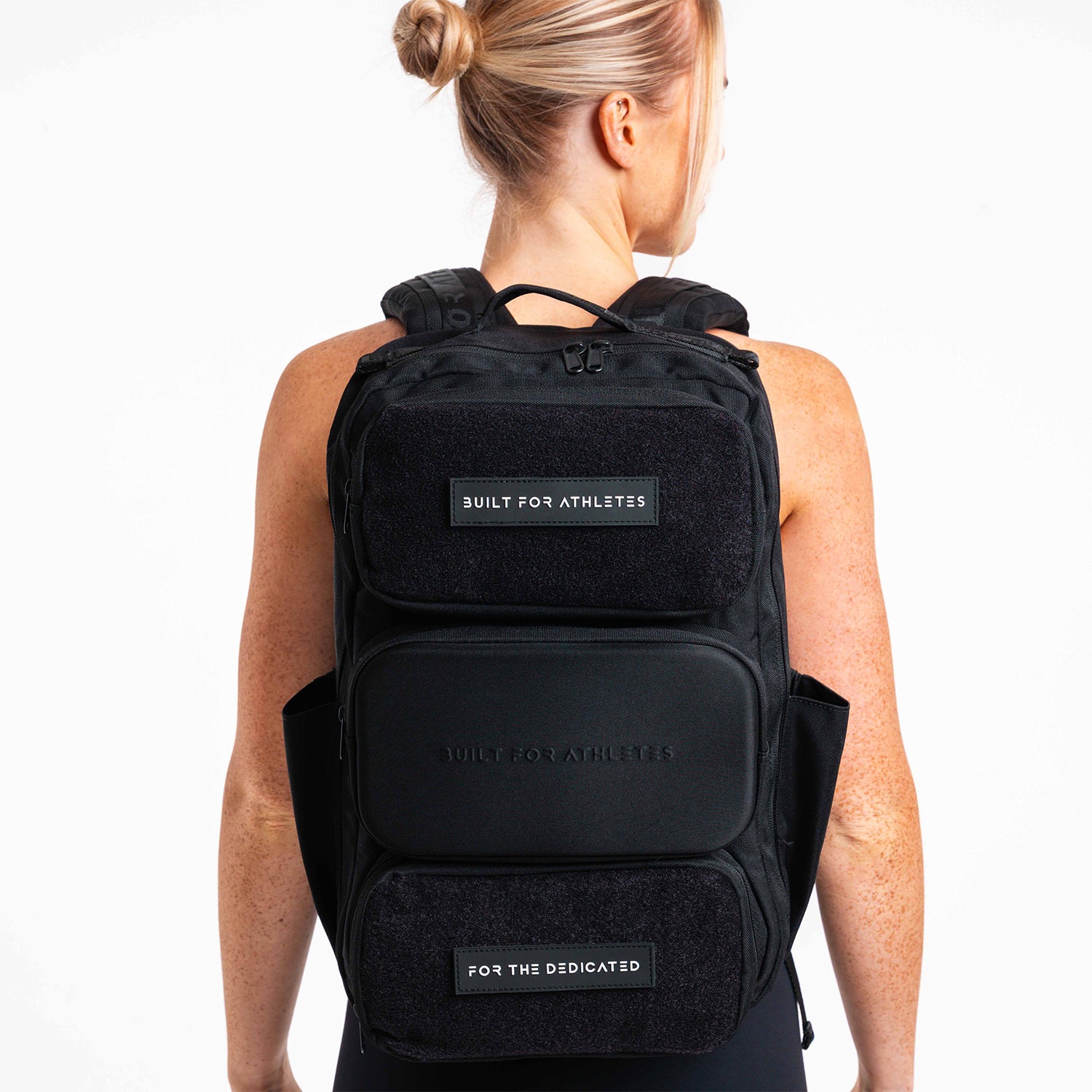
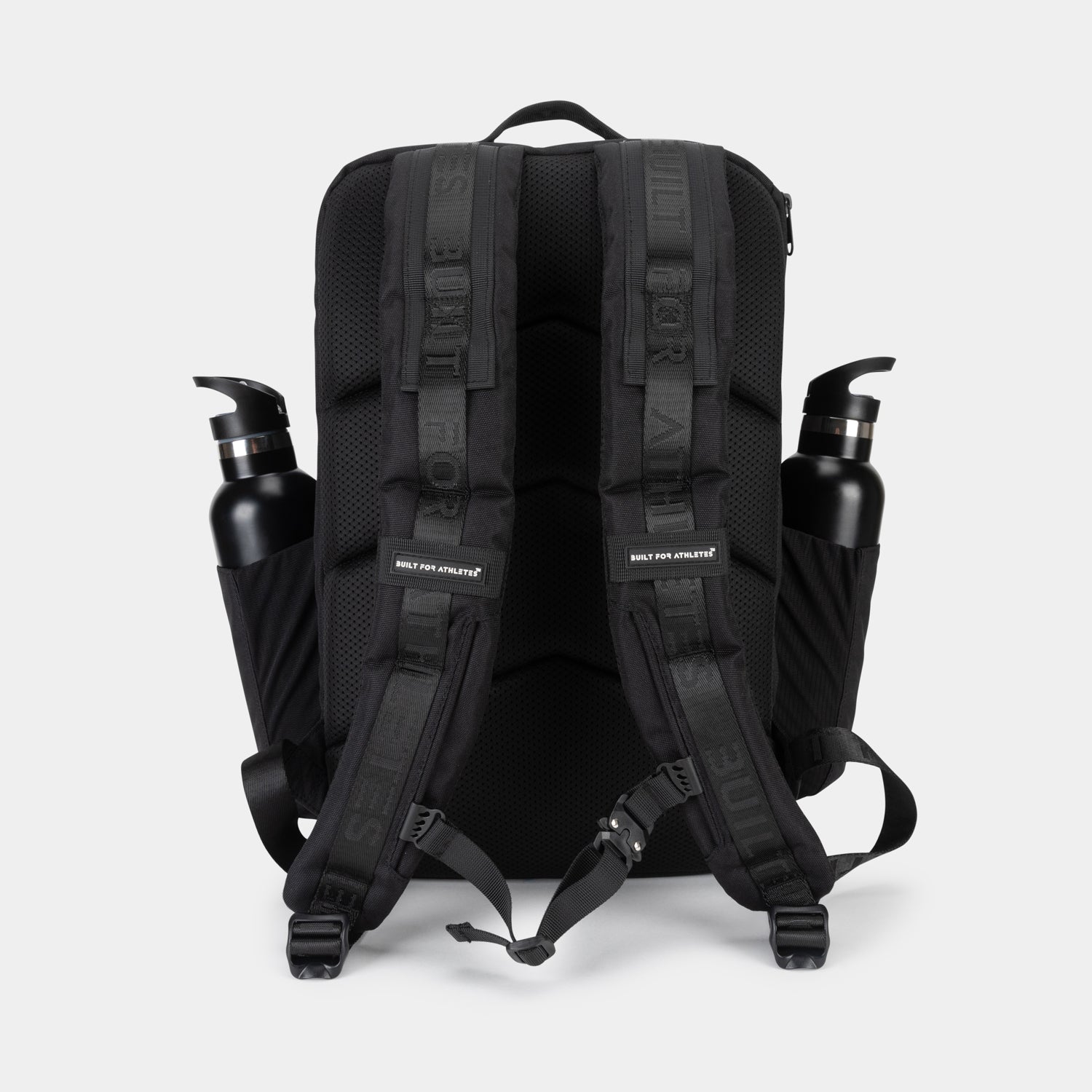
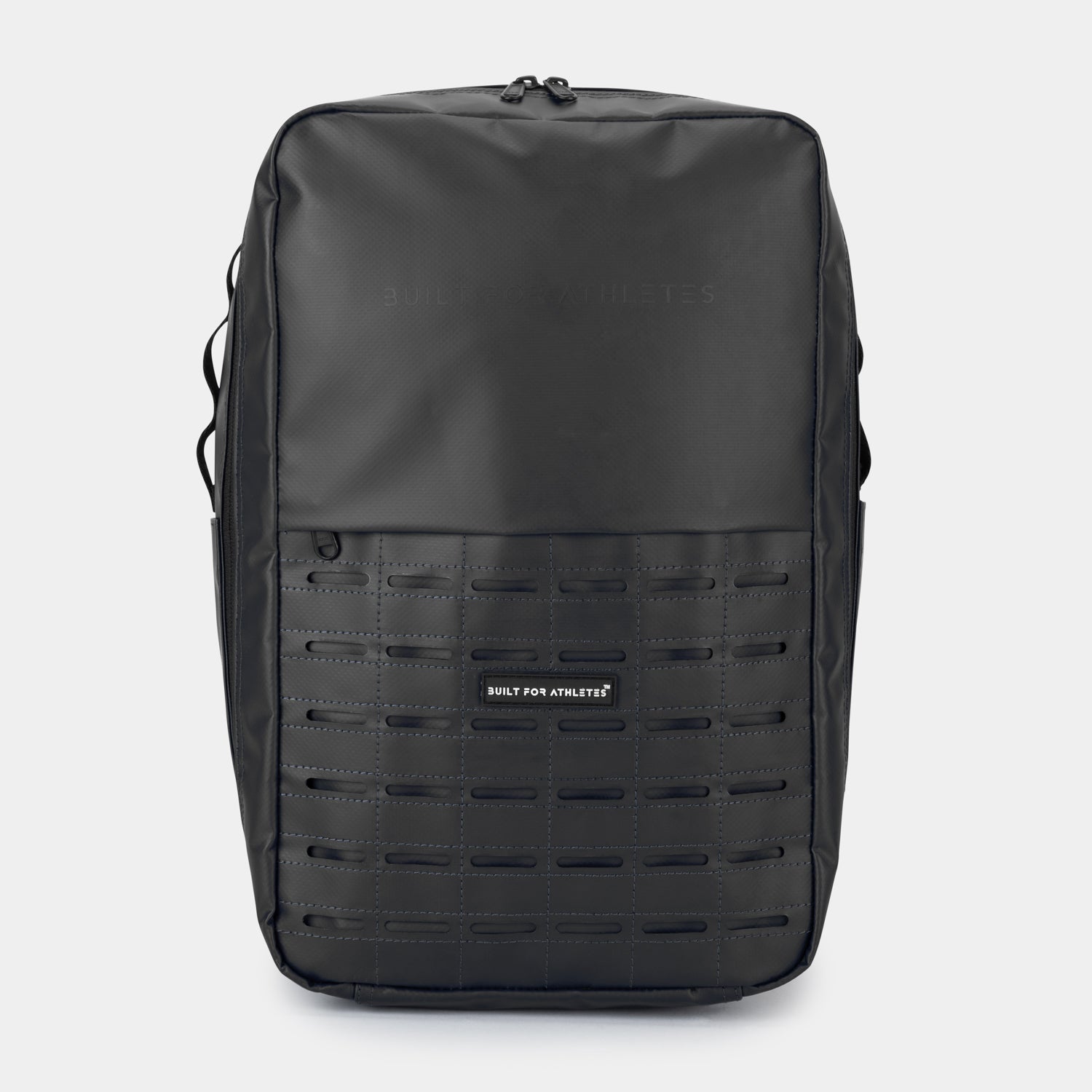
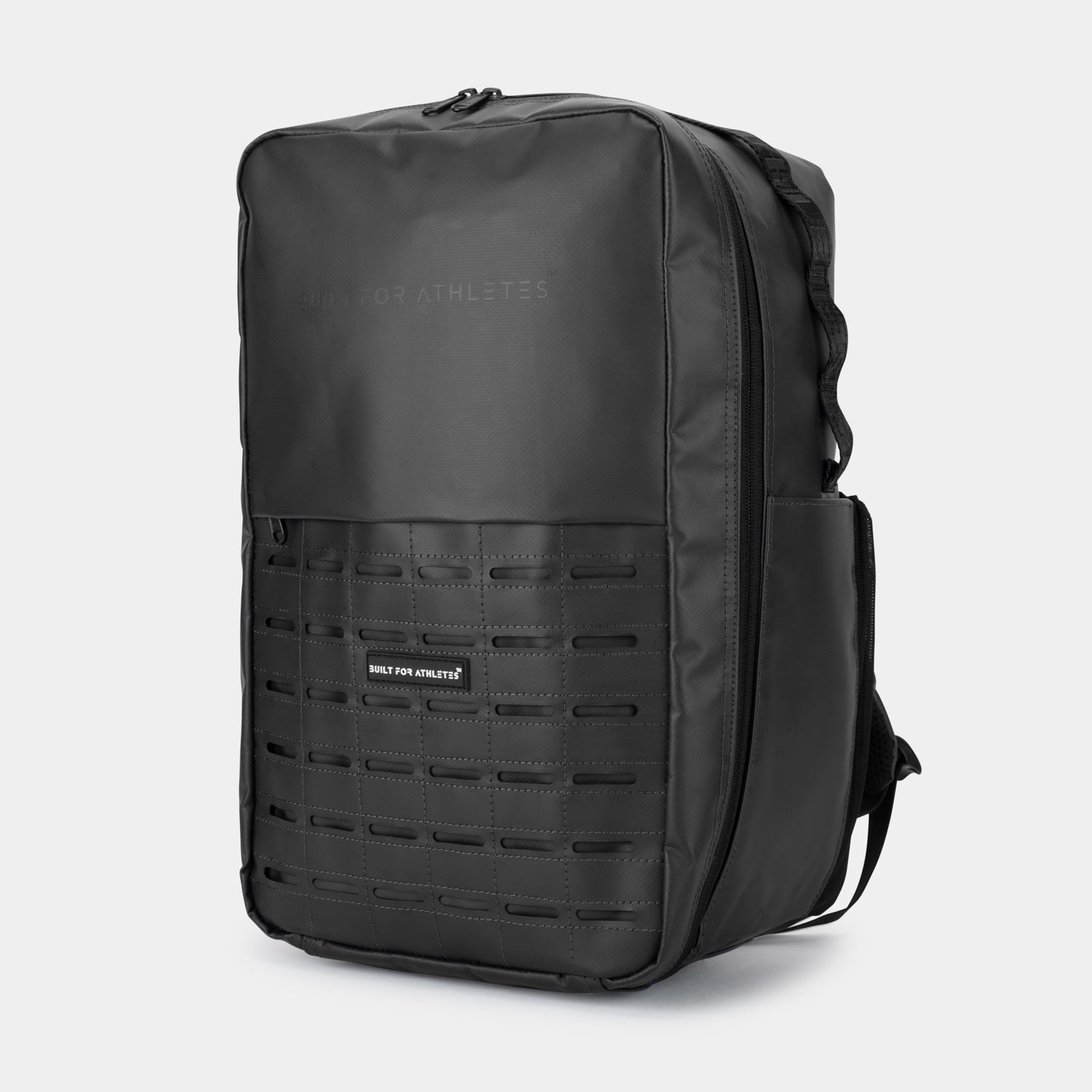

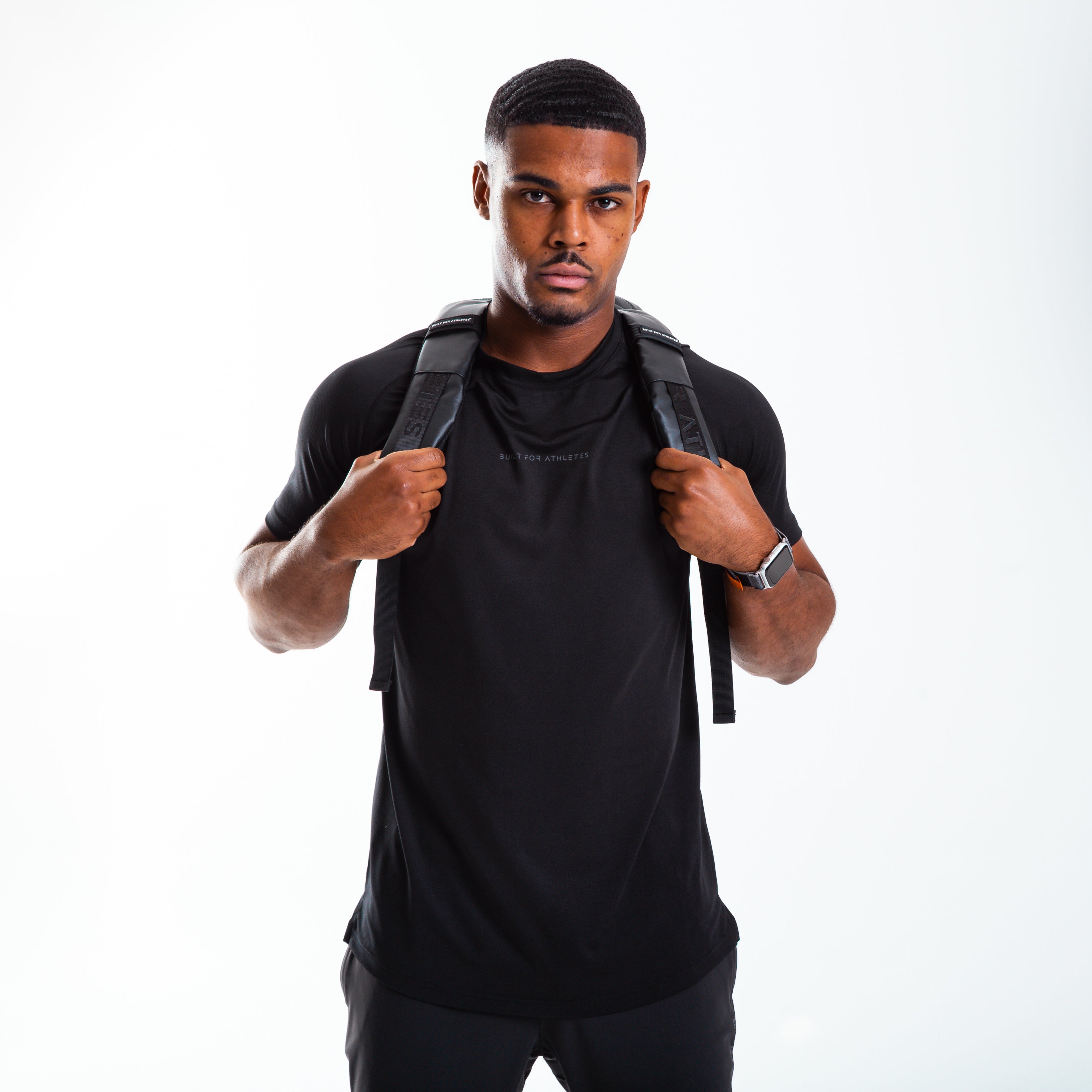



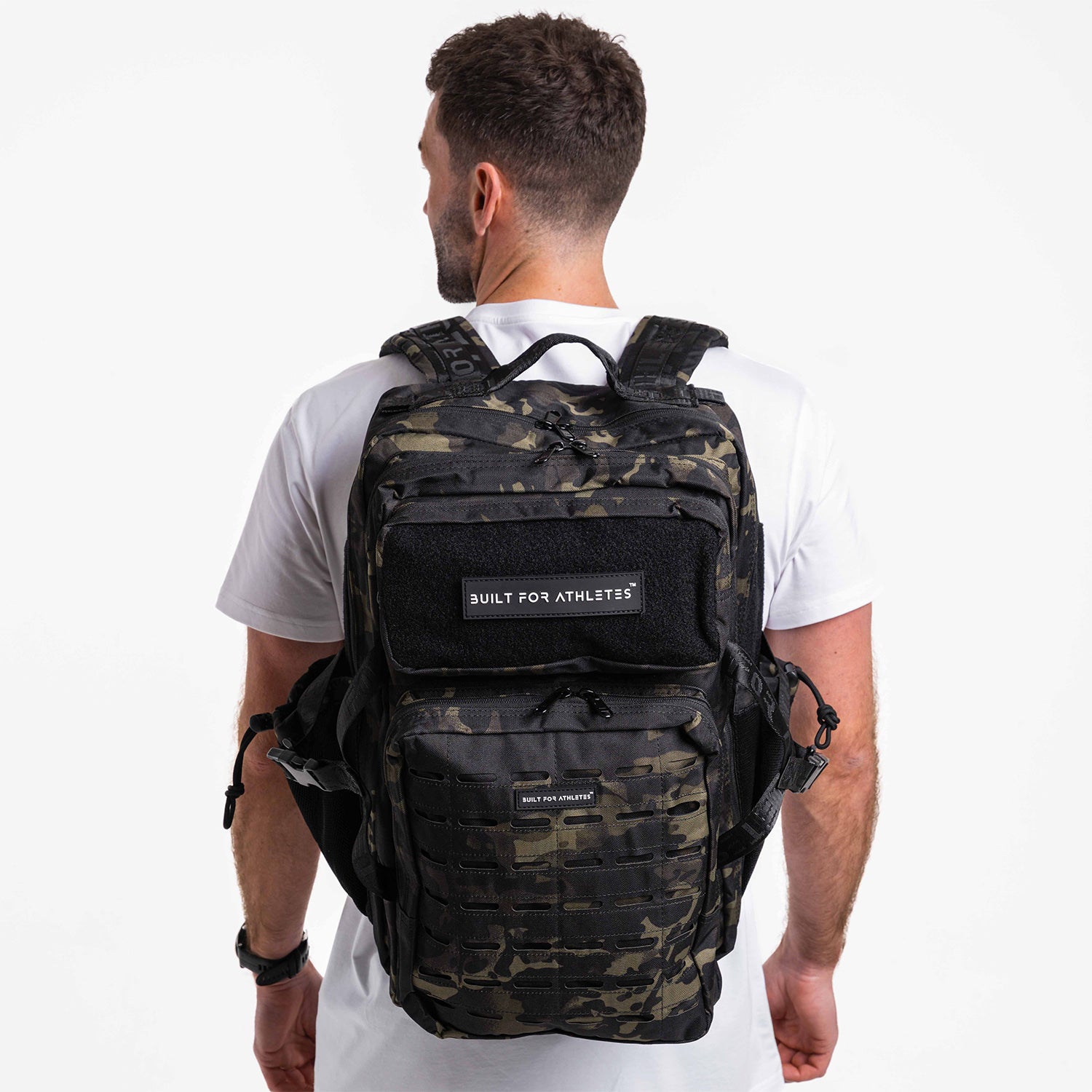

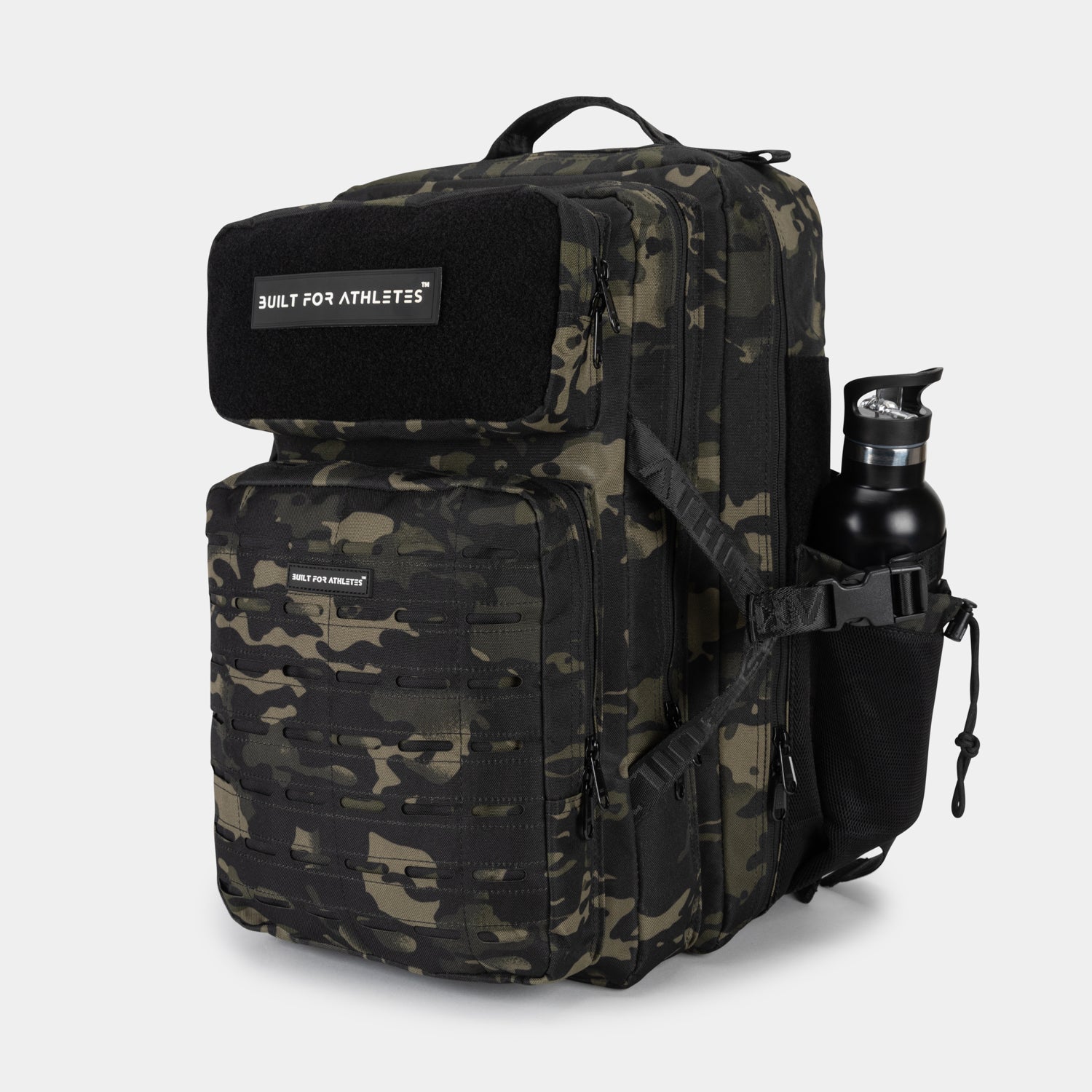

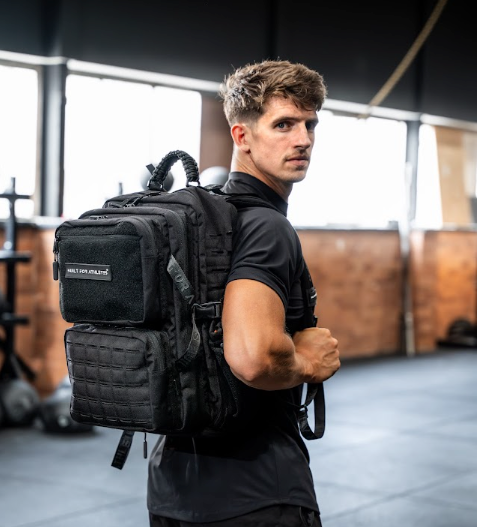
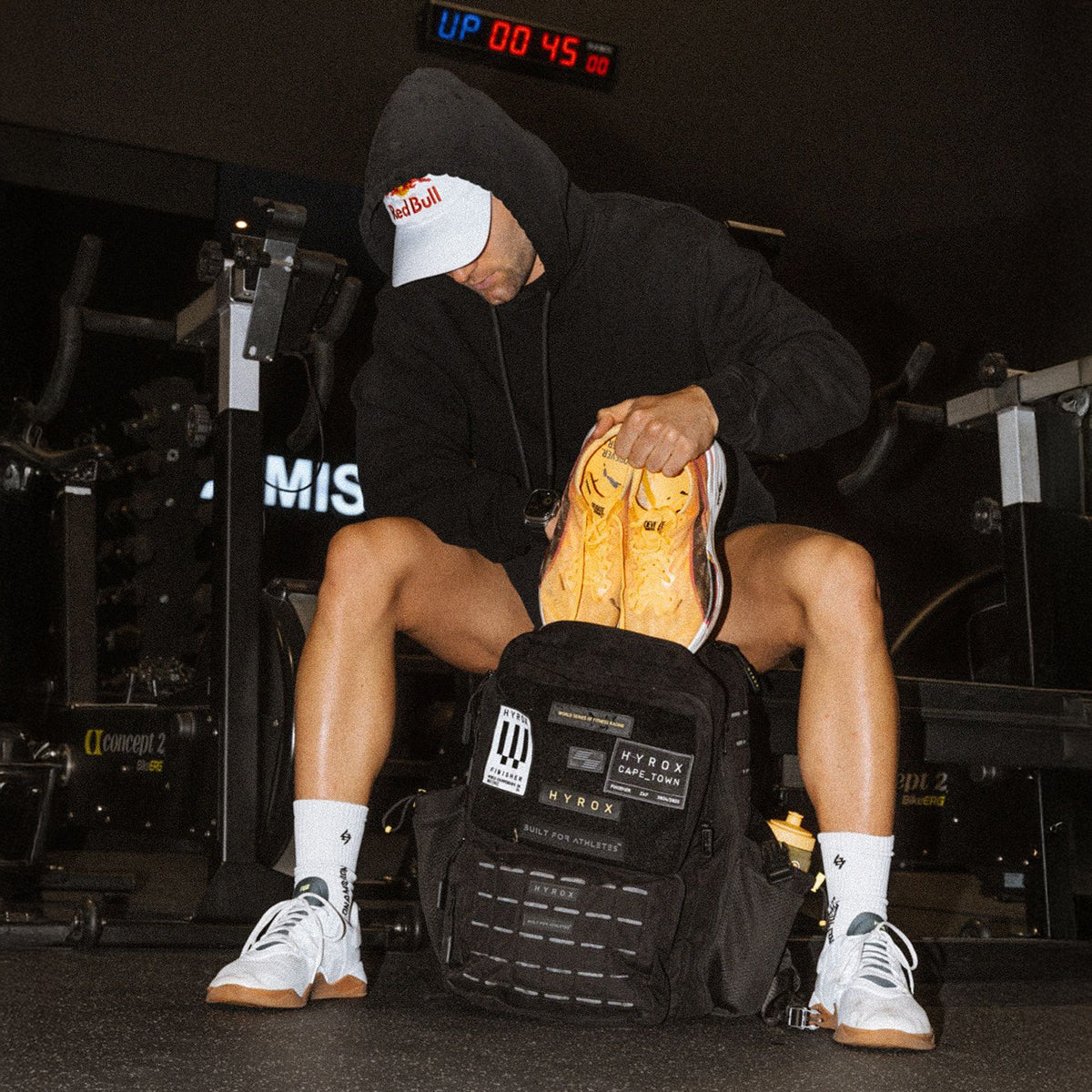
Share:
Potential Is Just Polite For Ain’t Done Shit Yet
What Age Do Athletes Peak?